Danish scientist, mathematician, inventor, artist, designer, philosopher, and poet Piet Hein was born in Copenhagen in 1905. Despite his brilliance—or because of it— he never completed a degree. He first enrolled in philosophy courses at the Metropolitan School (Metropolitanskolen) of Copenhagen, but left soon after to study art at a private academy and eventually the Royal Swedish Academy of Fine Arts (Kungliga Akademien för de Fria Konsterna) in Stockholm. Then, he returned to Copenhagen to study philosophy and theoretical physics at the Institute for Theoretical Physics of the University of Copenhagen (Københavns Universitet)—which would later be called The Niels Bohr Institute—and the Technical University of Denmark (Danmarks Tekniske Universitet). Hein’s diverse educational background facilitated his life’s work, which straddled the line between art and science.
During World War II, Hein joined the Danish resistance to the German occupation and began to publish a series of poems in the daily newspaper, Politiken, under the pseudonym Kumbel Kumbell. These grooks—or Danish poems—were often coded messages to the Danish people not to succumb to evil, and generally contained philosophical advice on the art of living. He would go to publish thousands over his lifetime.
In the postwar era, Hein invented the superellipse—an advanced geometrical figure that combined the ellipse and rectangle—which he derived through the mathematics. Hein first used the superellipse to solve a traffic problem in Stockholm’s Sergel’s Square, in the form of an elliptical roundabout. The new oval-like shape was quickly adopted by postwar Scandinavian architects, and it has since then been used in buildings and urban planning worldwide, from Canada, Mexico, and the US, to France, Japan, and beyond.
Hein also used the superellipse in his industrial designs, including the Superellipse Tables (1968), designed in collaboration with Swedish architect-designer Bruno Mathsson (1907-1988) and Danish architect-designer Arne Jacobsen (1902-1971) for the Danish manufacturer Fritz Hansen.
Other designs in Hein’s repertoire include sculptures, such as the Helix Helios Sundial (1989); various board games, such as Soma (1933) and Con-Tac-Tix (1942); and lighting fixtures, such as the Ra Lamp (1931) and Funco Table Lamp (1933). Hein’s Super-Egg (1965) is another elliptical design that has taken many different forms, including children’s toys, houseware, and lighting fixtures.
Throughout his life, Hein worked with and befriended several intellectual luminaries, including American mathematician Norbert Wiener, Danish physicist Niels Bohr, Albert Einstein, and Charlie Chaplin. Hein received many awards and accolades, including the Aarestrup Medal (1969), the Danish ID Prize (1971), and Chapter of the Royal Danish Order of Chivalry (1989), among many others. In 1972, Yale University award Hein an honorary doctorate degree. Hein passed away in 1996.
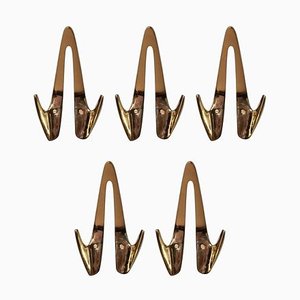
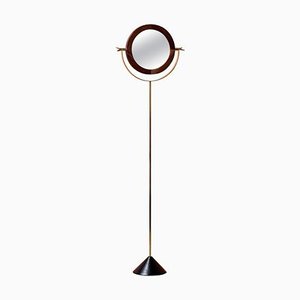
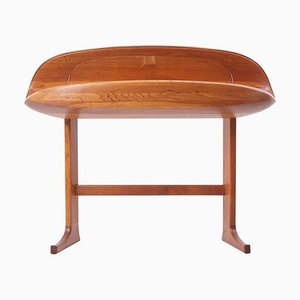
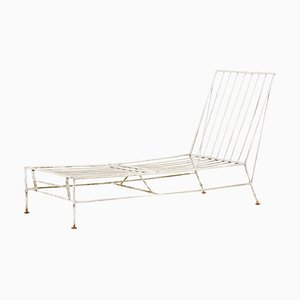
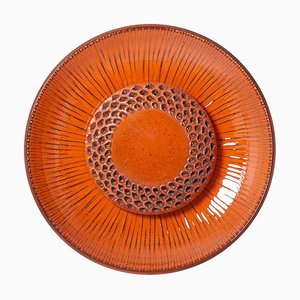
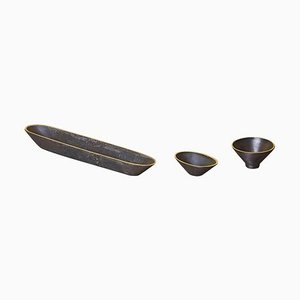

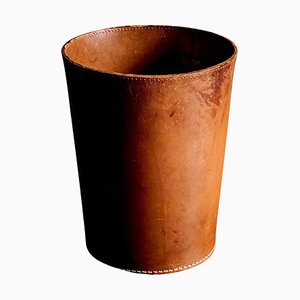
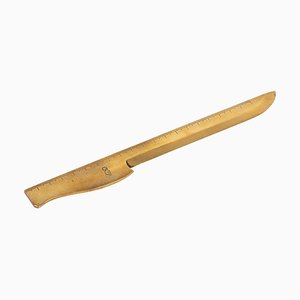
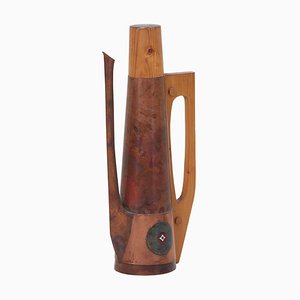
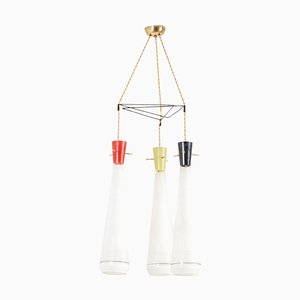
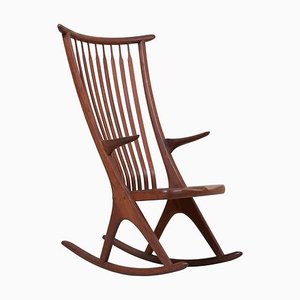
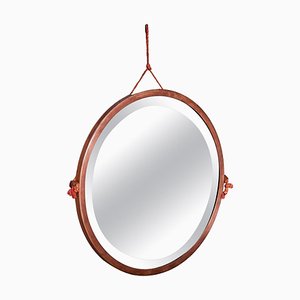
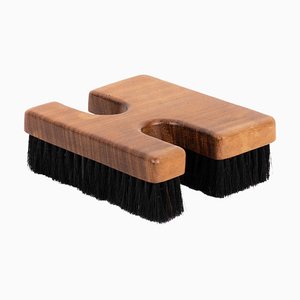
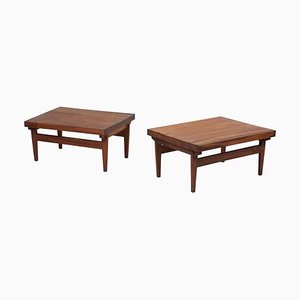


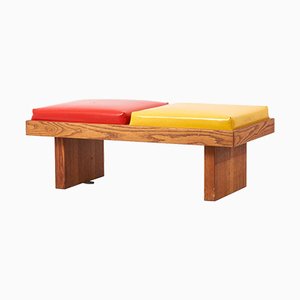
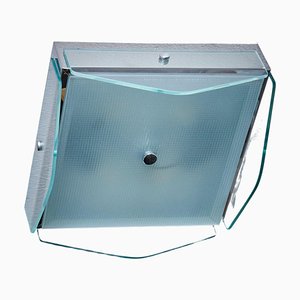

Get in Touch
Make An Offer
We noticed you are new to Pamono!
Please accept the Terms & Conditions and Privacy Policy
Get in Touch
Make An Offer
Almost There!
To follow your conversation on the platform, please complete the registration. To proceed with your offer on the platform, please complete the registration.Successful
Thanks for your inquiry, someone from our team will be in touch shortly
If you are a Design Professional, please apply here to get the benefits of the Pamono Trade Program